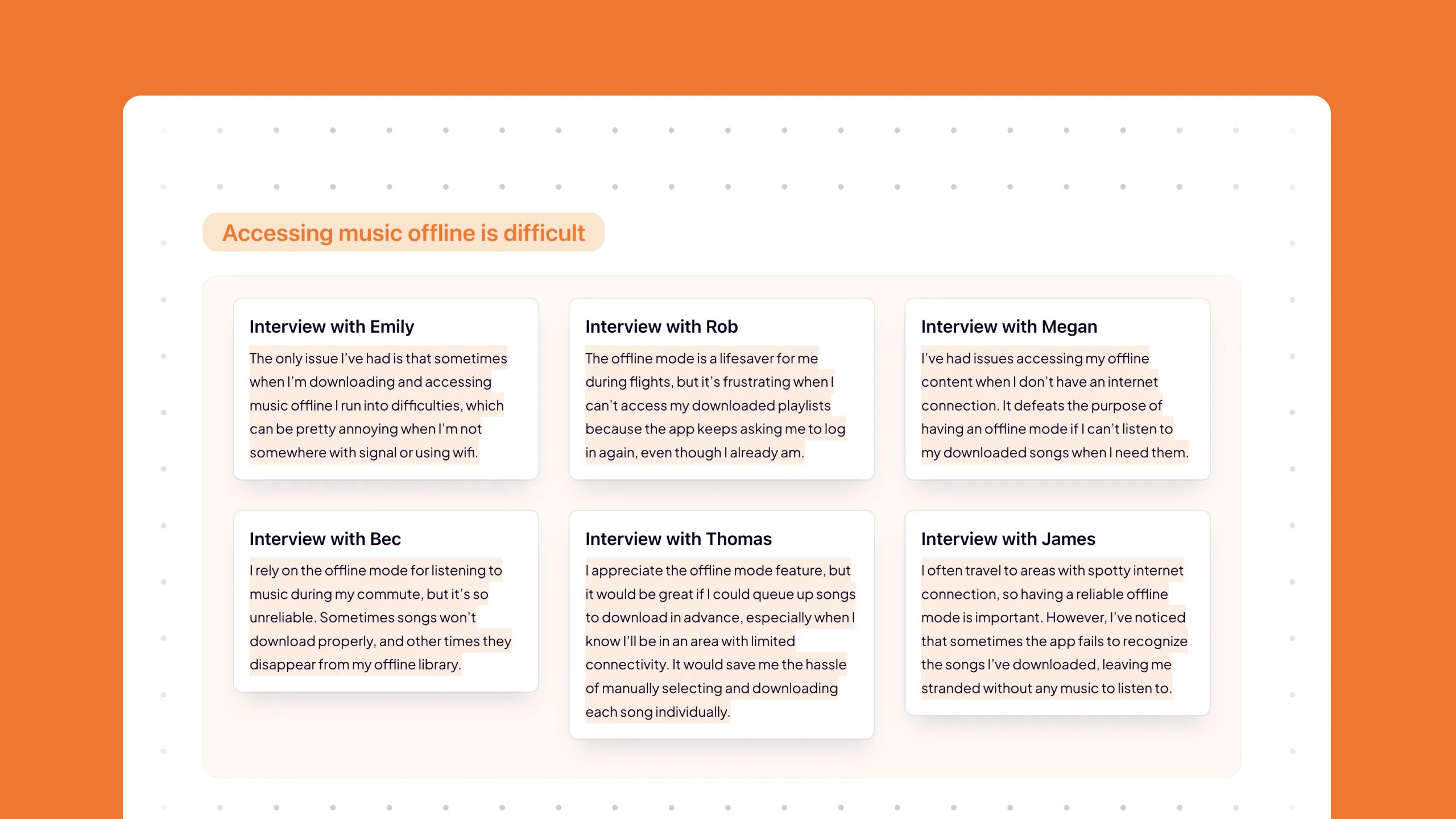Classifying topics
AI excels at classifying vast amounts of content, presenting an opportunity for new, more fluid filter interfaces tailored to the content.


When there is a large amount of content, I want an easy way to search through it so I can quickly find the relevant information for me.


- Limitations of Conventional Filters: In conventional interfaces, filters consist of a fixed set of categories and tags. As time passes, more tags are added and content changes. This can clutter the filter interface and hinder people in finding the information they are looking for.

More of the Witlist

In Arc, a playful pinch interaction lets you quickly distill any webpage into a brief summary, capturing the essence of the content in moments.

LLM’s are great at organizing narratives and findings. It's helpful to see the sources that support these conclusions, making it easier to understand the analysis and where it comes from.

Use a spatial dimension to explore and manipulate language. By pulling text around on a map, you can play with different features in a playful and meaningful way.

Embedding models can rank data based on semantic meaning, evaluating each individual segment on a spectrum to show its relevance throughout the artifact.

AI actions often take time to complete. To improve user experience, use descriptions of what is happening combined with basic animations that represent different types of actions.

Generating multiple outputs and iteratively using selected ones as new inputs helps people uncover ideas and solutions, even without clear direction.